Home>Garden Essentials>How Much Time Do People Spend On Lawn Care
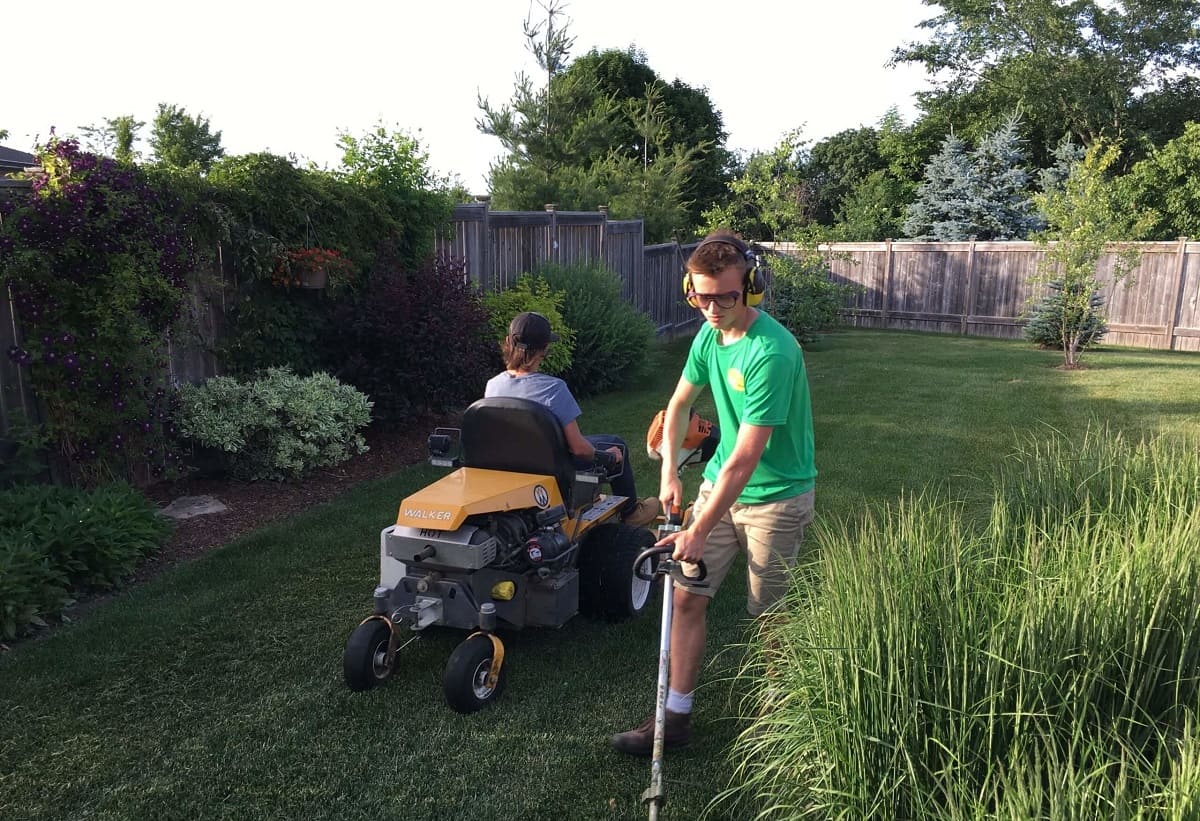

Garden Essentials
How Much Time Do People Spend On Lawn Care
Modified: October 20, 2024
Discover how much time people spend on garden care and get valuable insights to optimize your own lawn maintenance routine.
(Many of the links in this article redirect to a specific reviewed product. Your purchase of these products through affiliate links helps to generate commission for Storables.com, at no extra cost. Learn more)
Introduction
Keeping a well-maintained and beautiful garden is a desire shared by many homeowners. A lush and thriving lawn can not only enhance the curb appeal of your property but also provide a serene and inviting space for outdoor activities. However, achieving and maintaining a picturesque lawn requires dedication, time, and effort.
In this article, we will explore the amount of time people typically spend on lawn care and discuss the factors that can influence this. We will also provide tips and advice on how to efficiently manage your lawn care tasks, avoiding common mistakes along the way.
But first, let’s understand why lawn care is so important. A healthy lawn not only adds aesthetic value to your home, but it also contributes to a cleaner and healthier environment. Lawns help to purify the air by absorbing carbon dioxide and other pollutants, while also reducing water runoff and preventing erosion. Furthermore, a well-maintained lawn provides a safe area for children and pets to play.
Nowadays, with our fast-paced lifestyles and busy schedules, finding the time for lawn care can be a challenge. However, it is essential to prioritize the care of your lawn to ensure its longevity and vitality. Let’s dive deeper into the factors that can affect the time spent on lawn care.
Key Takeaways:
- Taking care of your lawn is important for a beautiful and healthy outdoor space. Factors like lawn size and grass type affect the time spent on maintenance. Efficient practices and avoiding common mistakes can save time and effort.
- Different approaches to lawn care, such as traditional, low-maintenance, organic, smart, or professional services, offer options to suit your lifestyle. By nurturing your lawn, you create a peaceful and inviting haven for enjoyment.
Importance of Lawn Care
Lawn care is not just about aesthetics; it plays a crucial role in maintaining the health and functionality of your outdoor space. Here are some of the key reasons why lawn care is important:
- Enhances curb appeal: A well-maintained lawn can instantly elevate the visual appeal of your property. It creates a positive first impression for visitors and potential buyers if you ever decide to sell your home. A lush and green lawn can make your house stand out in the neighborhood.
- Creates a recreational area: A healthy lawn provides a safe and inviting space for outdoor activities such as picnics, games, or relaxation. It serves as an extension of your living area, allowing you to enjoy the beauty of nature in the comfort of your own home.
- Improves air quality: Lawns act as natural air filters by trapping dust, pollen, and other pollutants. The grass blades absorb carbon dioxide and release oxygen, contributing to cleaner and fresher air around your property. This is especially beneficial for those living in urban areas with high pollution levels.
- Prevents soil erosion: Healthy lawns with deep root systems help anchor the soil, preventing erosion caused by wind or water runoff. This is particularly important if your property is located on a sloped or uneven terrain.
- Reduces heat: Lawns act as natural coolants, providing a refreshing respite from the scorching heat. During hot summer days, a well-irrigated lawn can help lower the temperature in your outdoor space, making it more comfortable for leisure activities.
- Encourages biodiversity: A lawn with a variety of grasses, plants, and flowers provides a habitat for insects, birds, and other wildlife. It promotes biodiversity and contributes to the overall health of the ecosystem in your garden.
- Boosts mental well-being: Spending time in a well-maintained lawn can have a positive impact on your mental health. Research suggests that being in nature reduces stress and anxiety while increasing feelings of relaxation and contentment. Your lawn can become a tranquil oasis where you can unwind and recharge.
Considering these benefits, it becomes evident why lawn care is crucial for homeowners. It is not just about keeping up appearances; it involves nurturing a living ecosystem that enhances the beauty and functionality of your outdoor space.
Factors Affecting Time Spent on Lawn Care
The amount of time you need to invest in lawn care can vary depending on several factors. Understanding these factors will help you plan your lawn care routine more effectively. Here are some key factors that can affect the time spent on lawn care:
- Lawn Size: The size of your lawn is one of the most obvious factors affecting the time required for maintenance. Naturally, a larger lawn will require more time and effort to mow, water, fertilize, and care for compared to a smaller one.
- Type of Grass: Different types of grass have different growth rates and maintenance needs. Some varieties grow faster and require frequent mowing and trimming, while others may be more low-maintenance. Understanding the characteristics of your grass will help you estimate the time needed for its care.
- Climate and Weather Conditions: The climate in your region plays a significant role in lawn care. If you live in an area with a warm and humid climate, your lawn may require more frequent watering and pest control. On the other hand, if you live in a cooler climate, you may need to adjust your lawn care tasks accordingly.
- Soil Type and Condition: The soil composition and condition can impact the health and maintenance requirements of your lawn. Sandy soils, for example, drain water quickly and may require more frequent irrigation. Clay soils retain moisture and may need less frequent watering. Conducting a soil test can help you determine the specific needs of your lawn.
- Lawn Features: The presence of additional features in your lawn, such as flower beds, shrubs, trees, or pathways, can increase the time spent on maintenance. These features may require regular pruning, weeding, and trimming to keep them in good shape.
- Equipment and Tools: The quality and efficiency of your lawn care equipment and tools can significantly impact the time required. Investing in high-quality mowers, trimmers, and other tools can make your lawn care tasks more efficient and less time-consuming.
- Personal Preferences: Your personal preferences and level of perfectionism can also influence the time spent on lawn care. Some homeowners prefer a meticulously manicured lawn, which may require extra time for precise trimming and detailing.
By considering these factors, you can assess the specific needs of your lawn and allocate your time accordingly. Additionally, understanding these aspects will help you make informed decisions regarding lawn care tasks and set realistic expectations for the time investment required.
Average Time Spent on Basic Lawn Care Tasks
When it comes to basic lawn care tasks, the time required can vary depending on factors such as lawn size, equipment efficiency, and personal experience. Here are some average time estimates for common lawn care tasks:
- Mowing: The frequency and time spent on mowing will depend on the growth rate and height of your grass. On average, it takes about 30 minutes to an hour to mow a small to medium-sized lawn. Larger lawns may take anywhere from 1 to 3 hours. Keep in mind that this estimate assumes the use of a standard walk-behind or riding mower.
- Watering: The time spent on watering your lawn will primarily depend on the size of your lawn, water pressure, and the type of watering method used. Using a sprinkler system, it can take 15 to 30 minutes to water a small lawn and up to an hour for larger lawns. Hand-watering with a hose or using a portable sprinkler may require slightly more time.
- Fertilizing: Applying fertilizer to your lawn can range from a quick task to a more time-consuming one, depending on the size of your lawn and whether you choose to use granular or liquid fertilizer. On average, it takes about 30 minutes to an hour to fertilize a standard-sized lawn.
- Weeding: The time spent on weeding will depend on the weed infestation in your lawn. If you regularly maintain your lawn, it may only need a quick 15-30 minutes of weeding every couple of weeks. However, if weeds have taken over, it may require a more extensive and time-consuming effort to remove them.
- Trimming and Edging: Trimming and edging tasks, such as cutting the grass along walkways, flower beds, and fences, can take about 15-30 minutes for a small to medium-sized lawn. Larger lawns may require more time, averaging around 30-60 minutes.
- Aerating: Lawn aeration helps improve soil compaction and enhances the absorption of nutrients and water. Averaging around 30 minutes to an hour, the time required for aerating depends on the size of the lawn and the equipment used. Manual aerators may take longer, while power aerators can expedite the process.
- De-thatching: De-thatching involves removing the layer of dead grass and debris that builds up on the lawn’s surface. The time required for de-thatching depends on the size of the lawn and the level of thatch. On average, it can take from 1 to 3 hours to thoroughly de-thatch a standard-sized lawn.
It’s important to note that these time estimates are general guidelines and can vary depending on individual circumstances. It is always recommended to assess your specific lawn care needs and allocate time accordingly.
Now that we have explored the average time spent on basic lawn care tasks, let’s discuss different approaches to lawn care that can help you optimize your time and effort.
Consider investing in low-maintenance landscaping options to reduce the time spent on lawn care. This could include planting native plants, using mulch to reduce weeds, and installing an automatic irrigation system.
Different Approaches to Lawn Care
When it comes to lawn care, there are different approaches you can take depending on your preferences, resources, and the level of maintenance you desire for your lawn. Here are a few different approaches to consider:
- Traditional Approach: The traditional approach to lawn care involves regular maintenance tasks such as mowing, watering, fertilizing, and weeding. This approach requires a consistent commitment of time and effort to ensure your lawn remains healthy and vibrant. It is suitable for those who enjoy the process of maintaining a well-manicured lawn and have the time to invest in its upkeep.
- Low-Maintenance Approach: If you have a busy schedule or prefer to spend less time on lawn care, a low-maintenance approach may be a better fit for you. This approach focuses on selecting grass varieties and plants that require minimal care and have low water and fertilizer needs. It may involve reducing the size of your lawn, using mulch or ground covers in certain areas, and incorporating native plants that are adapted to your climate and soil conditions.
- Organic Approach: An organic approach to lawn care focuses on using natural and environmentally-friendly practices. It involves avoiding the use of synthetic chemicals and pesticides and opting for organic fertilizers, compost, and natural pest control methods. This approach promotes soil health, encourages biodiversity, and avoids harmful effects on humans, pets, and the environment.
- Smart Lawn Care: With advancements in technology, smart lawn care has become increasingly popular. This approach involves using automated irrigation systems with sensors that detect moisture levels and adjust watering accordingly. Smart sprinklers and robotic mowers can be programmed to optimize water usage, mowing frequency, and patterns. This approach can save time and resources while ensuring your lawn receives the care it needs.
- Hire Professional Services: If you prefer to leave the lawn care tasks to the experts or if you simply don’t have the time or desire to maintain your lawn yourself, hiring professional lawn care services is a viable option. Professional landscapers can handle all aspects of lawn care, from mowing and fertilizing to pest control and landscaping design. This approach saves you time and ensures your lawn is in expert hands.
Each of these approaches has its own merits and can be tailored to suit your specific circumstances. Consider your lifestyle, available resources, and desired level of involvement in lawn care when choosing the approach that works best for you.
Now that we have explored different approaches to lawn care, let’s move on to some tips that can help you efficiently manage your lawn care tasks.
Read more: Why Colleges Spend On Lawn Care
Tips for Efficient Lawn Care
Efficient lawn care practices can help you save time and effort while maintaining a healthy and beautiful lawn. Here are some tips to optimize your lawn care routine:
- Create a Schedule: Develop a lawn care schedule that outlines the tasks to be done and when they should be completed. This will ensure that you stay on top of your lawn care responsibilities and avoid any unnecessary delays or neglect.
- Mow at the Right Height: Set your mower blades to the recommended height for your grass type. Cutting grass too short can weaken it and make it more susceptible to pests and disease. Aim to remove only the top one-third of the grass blades when mowing.
- Water Efficiently: Water deeply and infrequently rather than frequent shallow watering. This promotes deep root growth and helps your lawn become more drought-tolerant. Water early in the morning to minimize evaporation and fungal growth.
- Fertilize Strategically: Use a soil test to determine the specific nutrient needs of your lawn. Apply fertilizers in the recommended amounts and at the right time of year to ensure optimal nutrient uptake and minimize waste.
- Weed Regularly: Stay on top of weed control by pulling out weeds as soon as you spot them. This prevents them from spreading and competing with your grass for nutrients and water. Consider using organic weed control methods to minimize the use of herbicides.
- Practice Proper Lawn Aeration: Aerate your lawn at least once a year to relieve soil compaction and improve root penetration. This allows water, air, and nutrients to reach the grassroots more effectively, promoting a healthier and more robust lawn.
- Maintain Your Equipment: Keep your lawn care equipment well-maintained to ensure optimal performance and efficiency. Sharpen mower blades regularly, clean and oil tools, and replace worn-out parts as needed.
- Encourage Natural Pest Control: Build a diverse ecosystem in your lawn to attract beneficial insects and birds that feed on pests. Plant native flowers and shrubs, provide water sources, and avoid the use of harmful pesticides that can disrupt the natural balance in your garden.
- Practice Proper Mulching: Mulch your lawn clippings and leave them on the grass after mowing. This natural mulching technique returns valuable nutrients to the soil and reduces the need for synthetic fertilizers.
- Stay Ahead of Lawn Problems: Regularly inspect your lawn for signs of pests, diseases, or any other issues. Early detection and prompt action can prevent further damage and save you time and money in the long run.
By implementing these tips, you can streamline your lawn care routine and maximize the efficiency of your efforts. Remember, a well-maintained and healthy lawn does not have to consume all your time and energy.
Now that you are equipped with tips for efficient lawn care, let’s discuss some common mistakes to avoid to ensure the health and vitality of your lawn.
Common Lawn Care Mistakes to Avoid
While it’s important to know what to do for proper lawn care, it’s equally important to be aware of common mistakes that can harm the health and appearance of your lawn. Avoiding these mistakes will help you maintain a thriving and beautiful lawn. Here are some common lawn care mistakes to steer clear of:
- Overwatering: Excessive watering can lead to shallow root growth, water runoff, and increased susceptibility to disease. Avoid overwatering by following a proper watering schedule and adjusting it based on weather conditions and the moisture needs of your lawn.
- Underwatering: On the other hand, underwatering can cause your grass to become stressed, turn brown, and develop shallow roots. Ensure your lawn receives enough water by monitoring soil moisture levels and adjusting your watering schedule accordingly.
- Incorrect Mowing Height: Cutting your grass too short (scalping) can weaken it and expose the soil to heat and sunlight, leading to weed growth. Conversely, allowing your grass to grow too long between mowing can result in a thatch buildup and a sparser lawn. Set your mower blades to the appropriate height for your grass type and aim to remove only the top one-third of the grass blades.
- Infrequent Mowing: Allowing your grass to become too tall before mowing can lead to an uneven cut and cause shock to the grass. Stick to a regular mowing schedule to maintain a consistent lawn height and appearance.
- Using Dull Mower Blades: Mowing with dull blades tears rather than cuts the grass, resulting in a ragged appearance and increased susceptibility to diseases. Regularly sharpen your mower blades to ensure a clean and precise cut.
- Applying Excessive Fertilizer: Overapplication of fertilizers can lead to nutrient runoff, water pollution, and burn the grass. Follow the recommended application rates for fertilizers and avoid using more than necessary.
- Ignoring Soil Health: Neglecting the health of your soil can have a detrimental effect on your lawn. Properly aerate, amend, and maintain the pH balance of your soil to promote optimum nutrient absorption and healthy root development.
- Skipping Regular Weed Control: Allowing weeds to take over your lawn can restrict nutrients and water from reaching your grass, resulting in a weaker and less attractive lawn. Stay on top of regular weed control by pulling out weeds as soon as they appear and using appropriate weed control methods.
- Using Harmful Pesticides: While pesticides can be effective in controlling pests, they can also harm beneficial insects and pollute the environment. Opt for organic pest control methods and minimize the use of harmful chemicals to maintain a balanced and healthy garden ecosystem.
- Neglecting Proper Equipment Maintenance: Failing to clean, maintain, and sharpen your lawn care equipment can result in inefficient performance and subpar results. Regularly inspect and care for your tools to ensure optimal functionality.
Avoiding these common lawn care mistakes can help you maintain the health and beauty of your lawn. By practicing proper lawn care techniques and being mindful of potential pitfalls, you can foster a thriving and vibrant outdoor space.
Now that we have discussed common lawn care mistakes to avoid, let’s wrap up our discussion.
Conclusion
Lawn care is an essential aspect of maintaining a beautiful and healthy outdoor space. It not only enhances the aesthetics of your property but also contributes to a cleaner environment and provides a safe area for outdoor activities. While it may require dedication and time, there are various approaches and strategies you can employ to efficiently manage your lawn care tasks.
Understanding the factors that can affect the time spent on lawn care, such as lawn size, grass type, climate, and personal preferences, will help you plan your lawn care routine more effectively. By implementing tips for efficient lawn care, such as creating a schedule, mowing at the right height, watering and fertilizing strategically, and practicing regular weed control, you can save time and effort while maintaining a healthy and vibrant lawn.
Avoiding common lawn care mistakes, such as overwatering or underwatering, incorrect mowing height, using dull mower blades, neglecting soil health, and skipping regular weed control, is crucial to the overall health and appearance of your lawn. By being mindful of these mistakes, you can ensure that your lawn thrives and remains a source of pride and enjoyment for years to come.
Whether you choose a traditional lawn care approach, opt for a low-maintenance or organic approach, embrace smart lawn care practices, or hire professional services, the key is to find a method that aligns with your lifestyle and goals.
Remember, lawn care is not just about the end result; it is about nurturing a living ecosystem that enhances the beauty and functionality of your outdoor space. By giving your lawn the care and attention it needs, you can create a tranquil and inviting haven that brings joy and satisfaction to you and your loved ones.
So, roll up your sleeves, put on your gardening gloves, and embark on your lawn care journey. Embrace the process, enjoy the rewards, and savor the beauty of nature in your own backyard.
Frequently Asked Questions about How Much Time Do People Spend On Lawn Care
Was this page helpful?
At Storables.com, we guarantee accurate and reliable information. Our content, validated by Expert Board Contributors, is crafted following stringent Editorial Policies. We're committed to providing you with well-researched, expert-backed insights for all your informational needs.
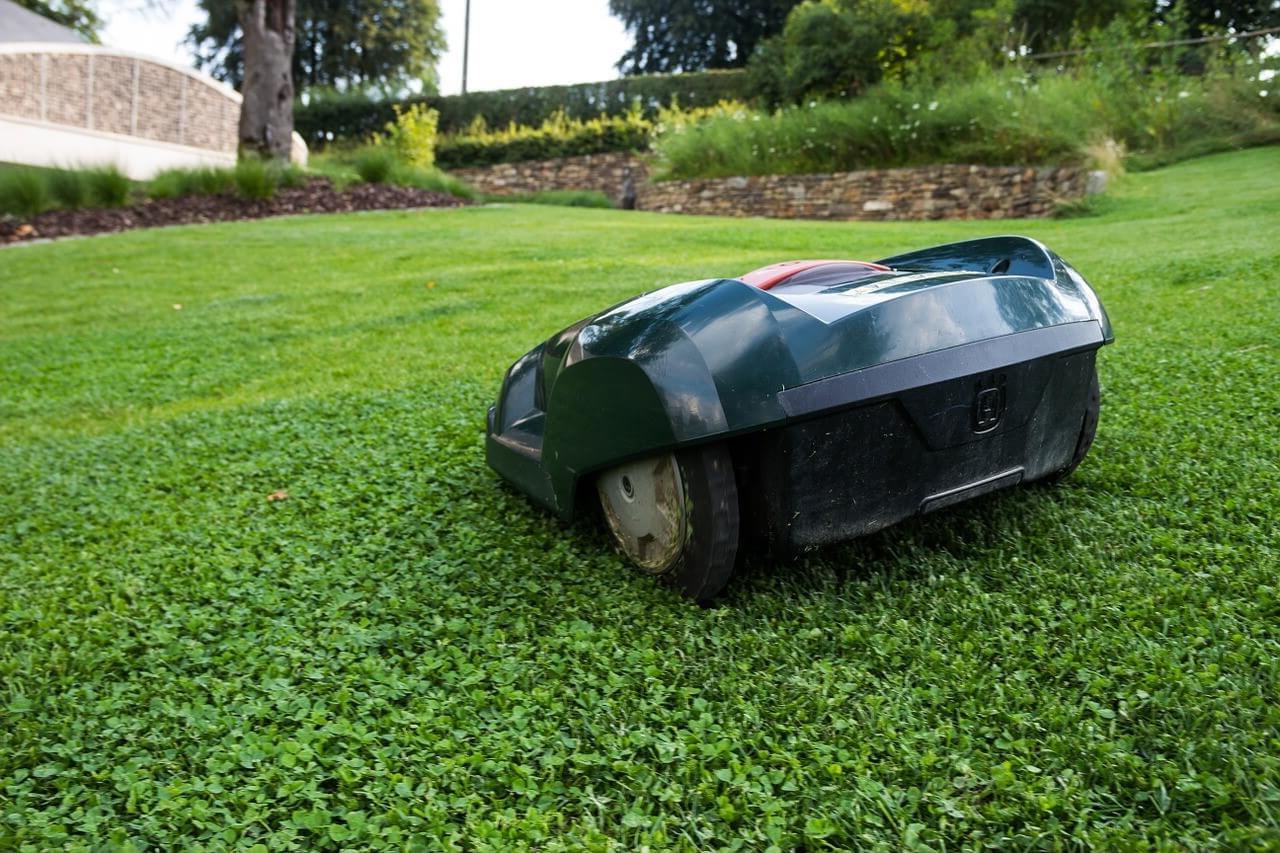


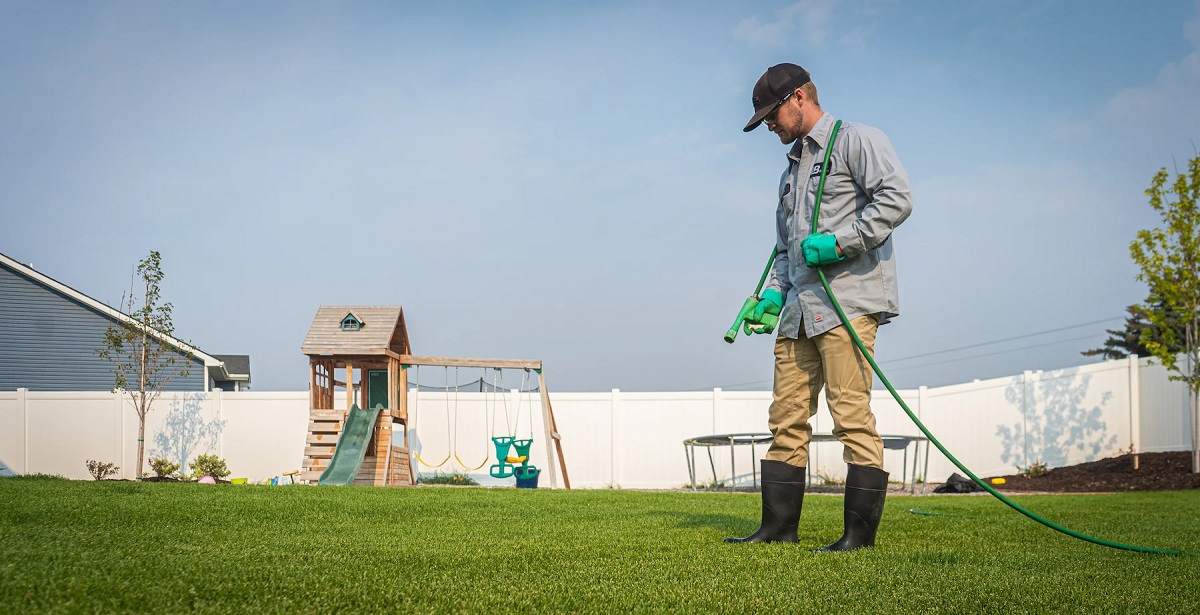

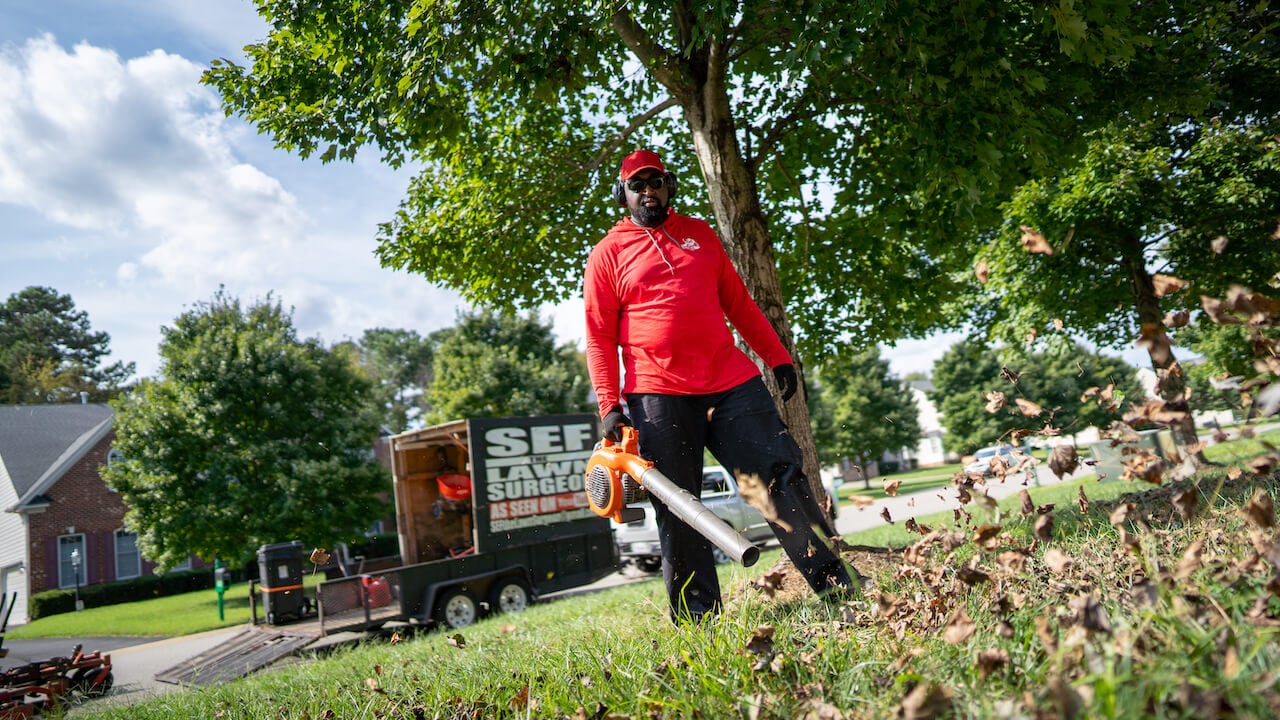
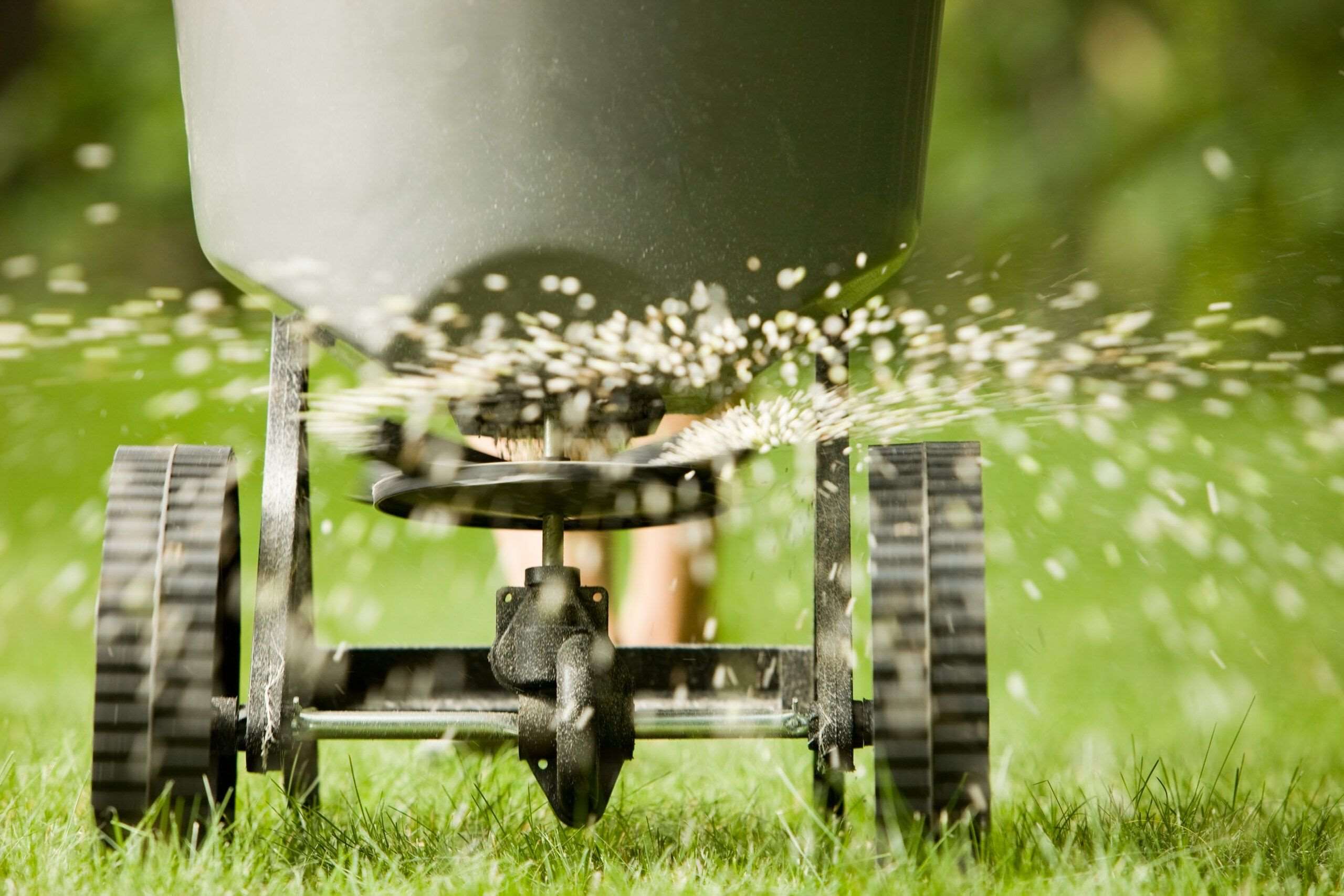
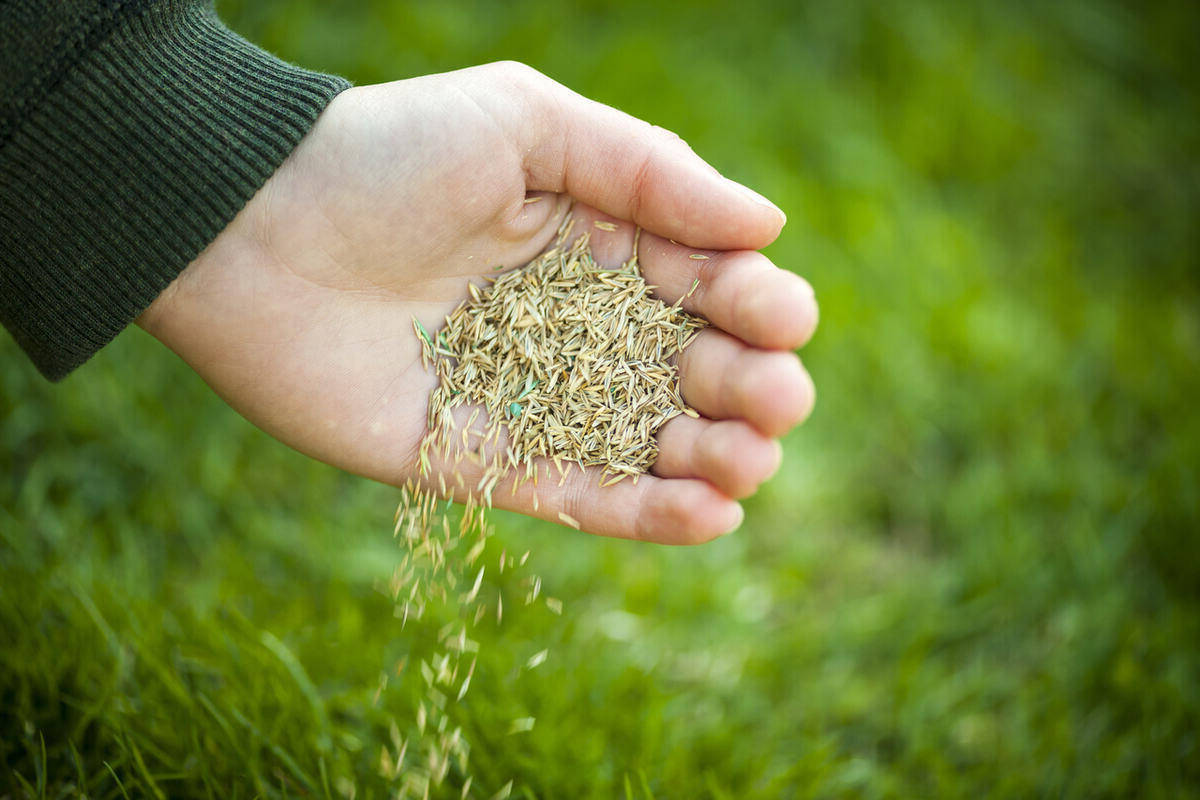

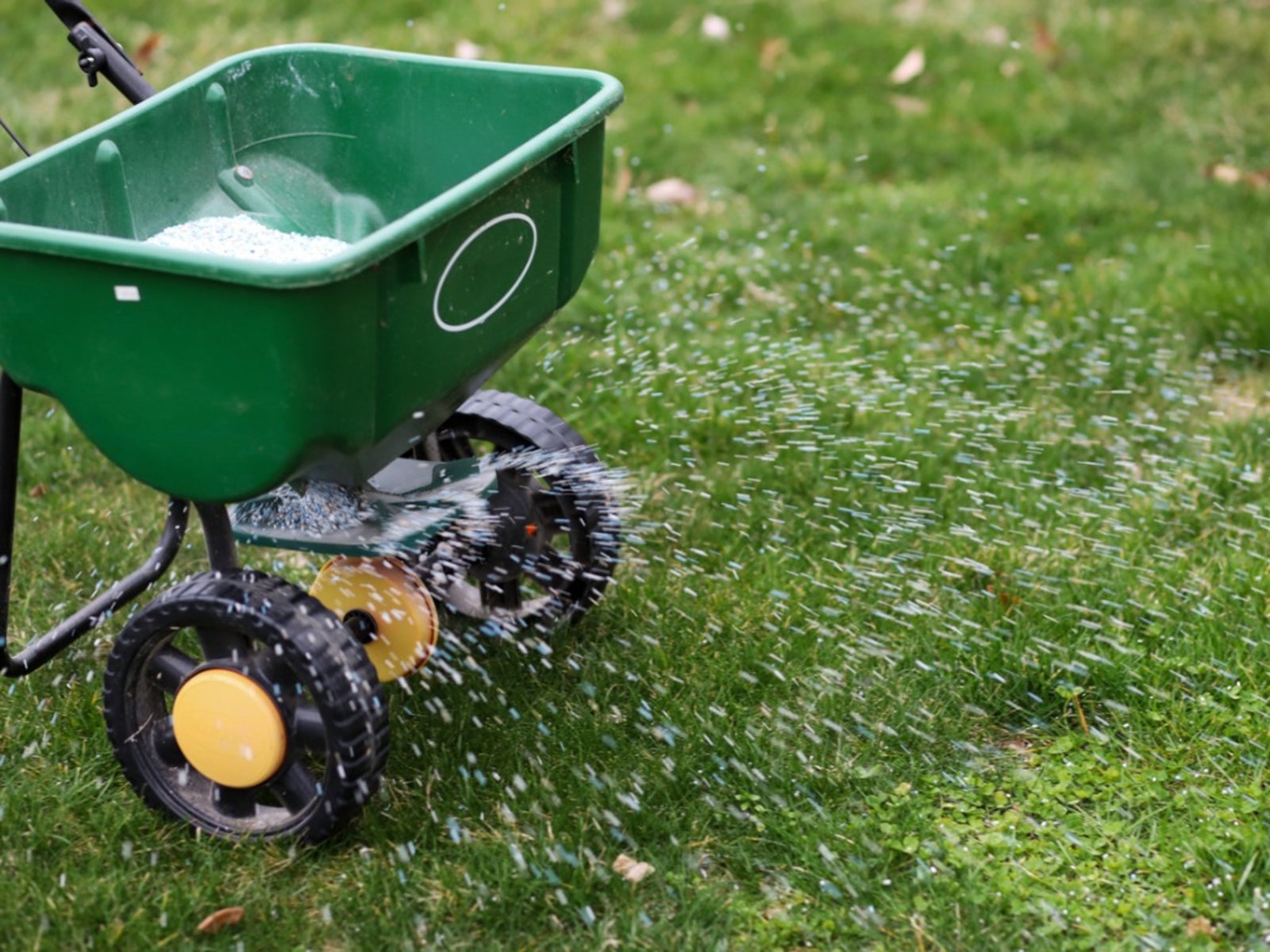

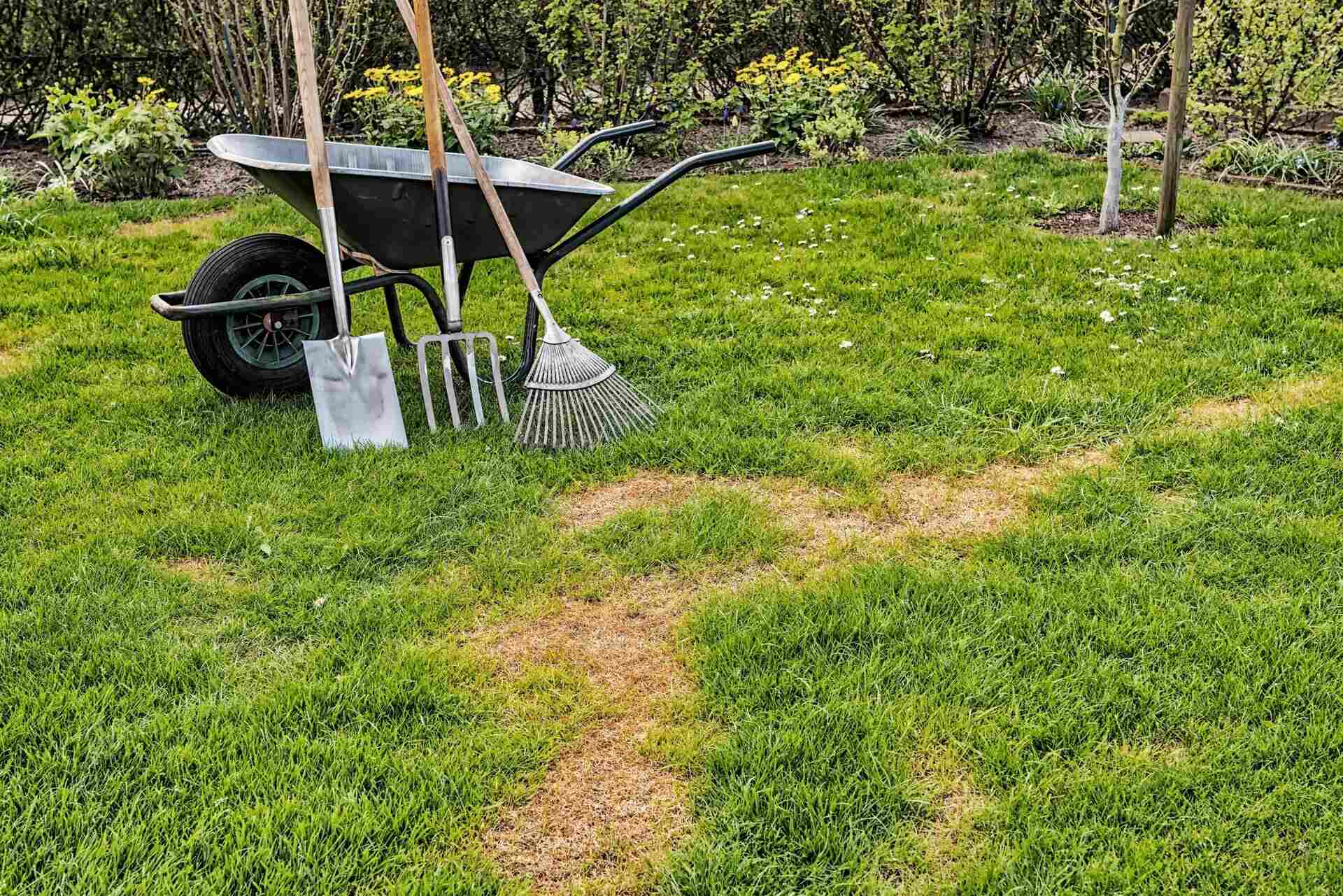
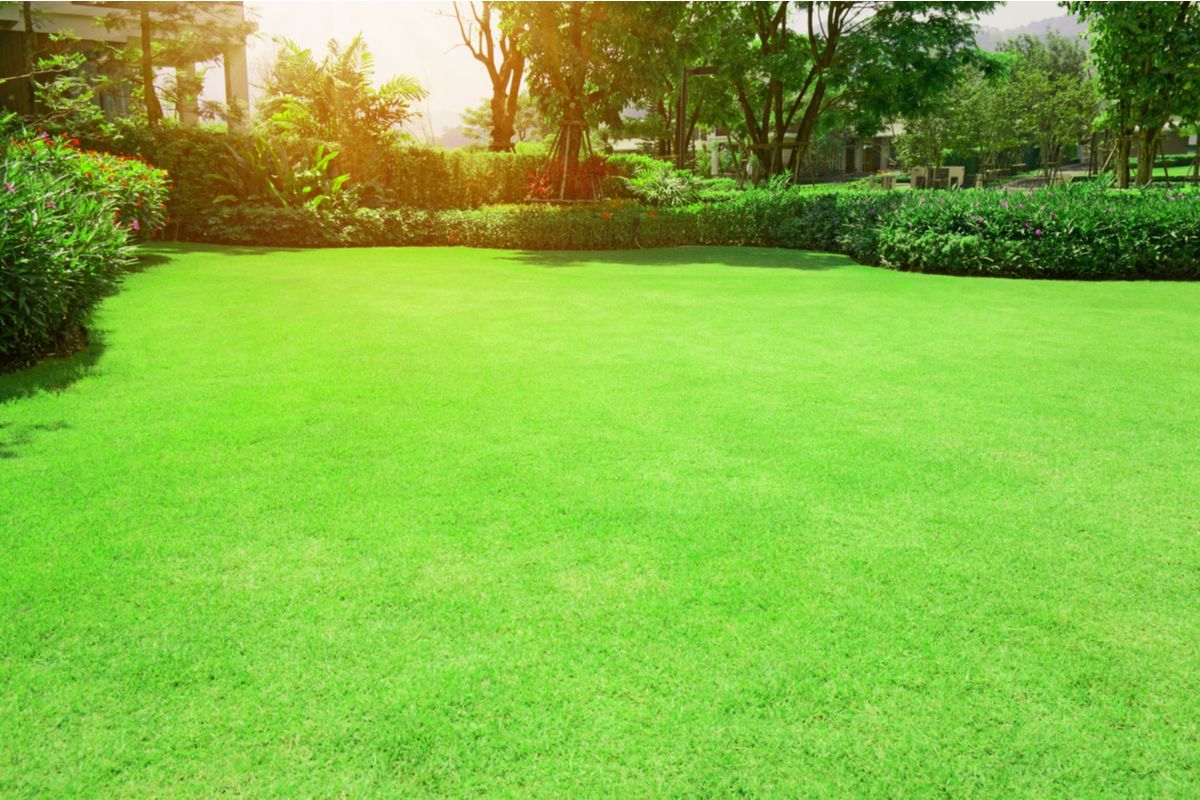


0 thoughts on “How Much Time Do People Spend On Lawn Care”